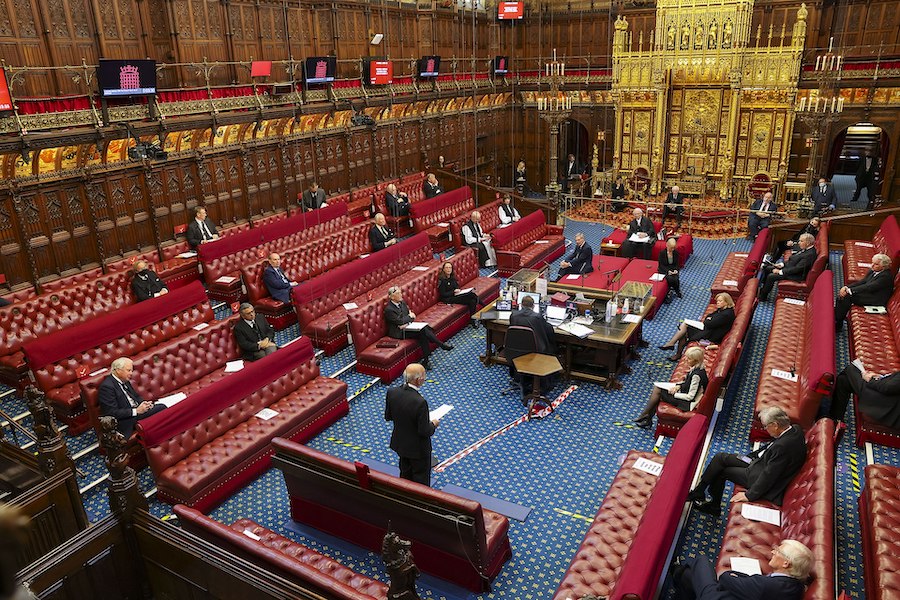
The battle English castles are struggling to win
Britain’s castles, which have repelled many invaders for hundreds of years, are in danger of being overcome by a stronger 21st century enemy – climate change.
That’s the warning from English Heritage which says that six of their 400 sites are particularly threatened by coastal erosion and rising sea levels.
“It just shows how climate change now affects every aspect of our present life and our past history,” said Midlands green energy expert Ron Fox.
They are: Tintagel Castle which was built in 1233 in North Cornwall. The 11th century Anglo-Norman cleric and historian, Geoffrey of Monmouth, said it was where King Arthur was conceived. It was damaged in the last winter’s storms.
Hurst Castle was a fort established by King Henry VIII between 1541 and 1544 on the Hurst Split in Hampshire to protect against invasion by France and the Holy Roman Empire. A section of its east wing collapsed into the sea in February 2021 after its foundations were eroded.
Piel Castle in Cumbria was a 14th century fortress built by the Abbot of Furness to guard against pirates and Scots raiders. English Heritage says the castle’s keep and bastions are now at risk from both erosion and flooding.
Bayard’s Cove Fort, also known historically as Berescove or Bearscore Castle, was built in the 16th century to defend the harbour entrance in Dartmouth, south Devon. Because of its position it is particularly vulnerable to flooding from rising sea levels.
The Garrison Walls on the Isles of Scilly were built to strengthen the islands’ defences after the defeat of the Spanish Armada in 1588. Now some sections are extremely vulnerable to erosion and will be breached in the coming years if they are not protected.
Calshot Castle was another fort built by Henry VIII on the Calshot Spit in Hampshire between 1539 and 1540 to protect against invasion from France and the Holy Roman Empire. The low-level site is particularly in danger from rising sea levels and erosion.
English Heritage said the loss of land along the coastline was nothing new, but what was worrying was the alarming amount disappearing in the last few years.
They are concerned that even if greenhouse gas emissions are cut, global sea levels will continue to rise for many more years leading to more powerful waves eroding the coast quicker.
“With warnings that sea levels could rise by a metre by the end of the century, together with more regular storms from climate change, the survival of these majestic monuments and many more could be seriously put at risk,” said Ron, of Noreus Ltd.
Now the charity is appealing for money to repair walls and improve defences to buy time in the short term so they put in stronger measures in the longer term.
“Wouldn’t it be sad to lose these walk-in history centres to future generations if they toppled into the sea forever?” said Ron, of Noreus Ltd on the University of Keele Science Innovation Park.
For more information about climate change and how it affects you, call Ron on 0845 4746641.
Caption: In danger – Calshot Castle which was built by Henry VIII between 1539 and 1540.




